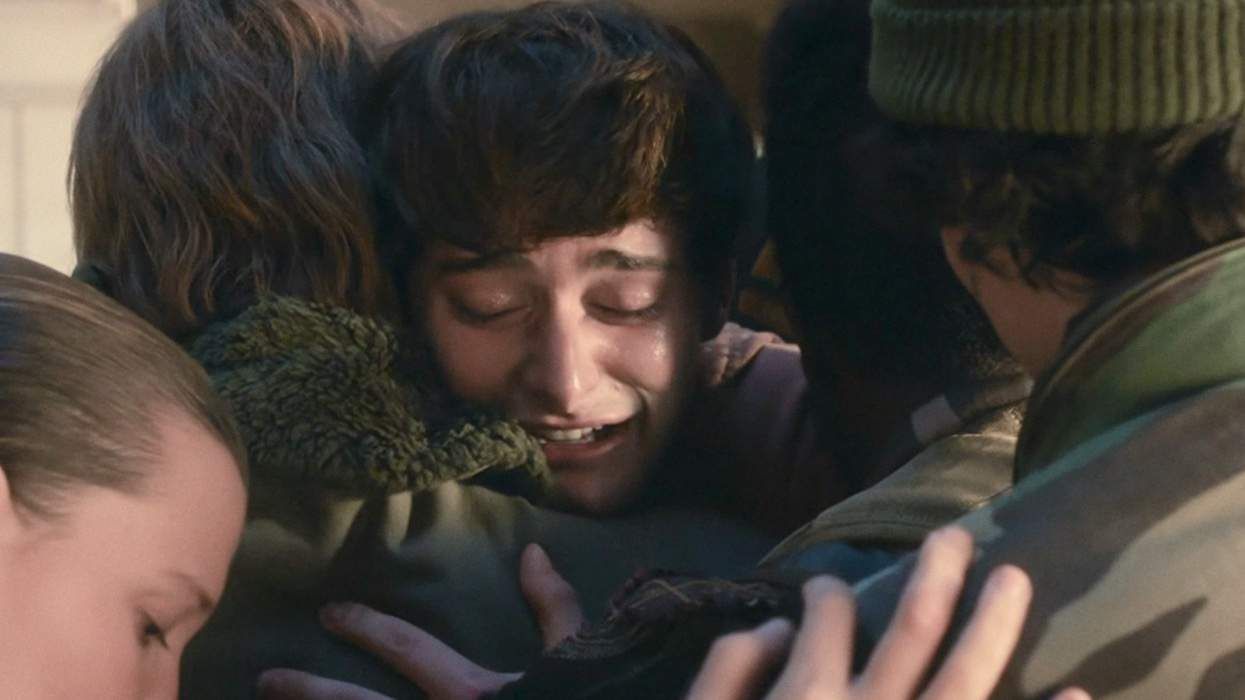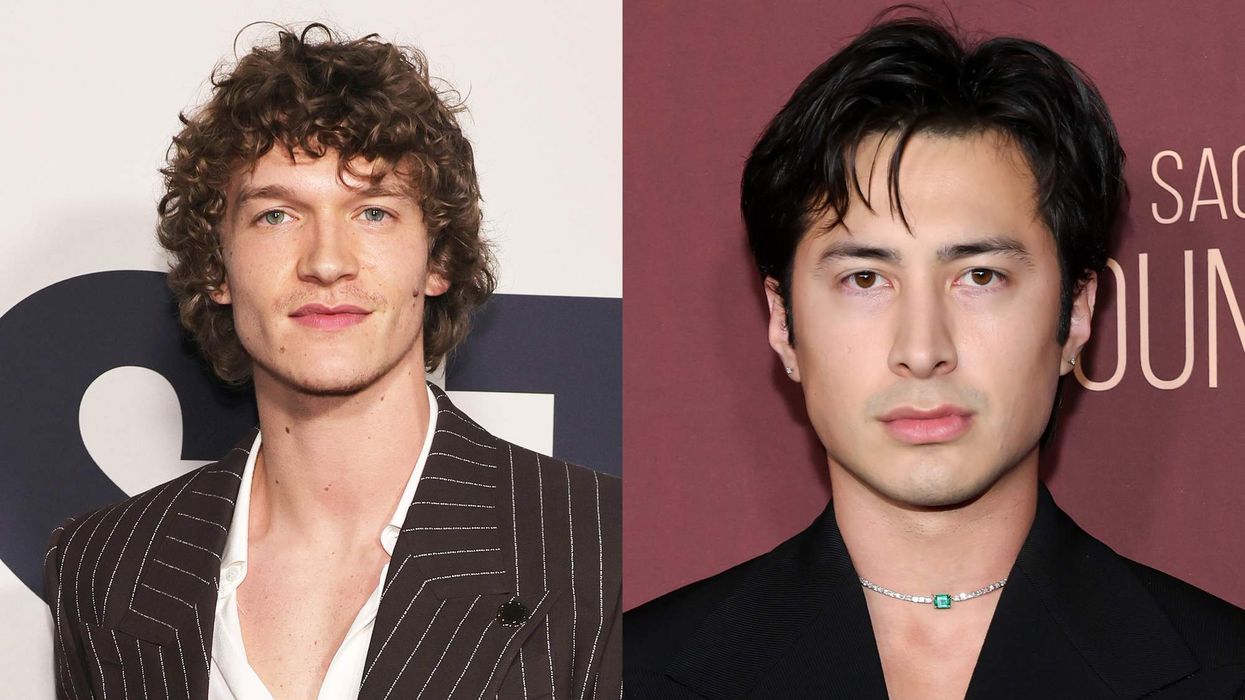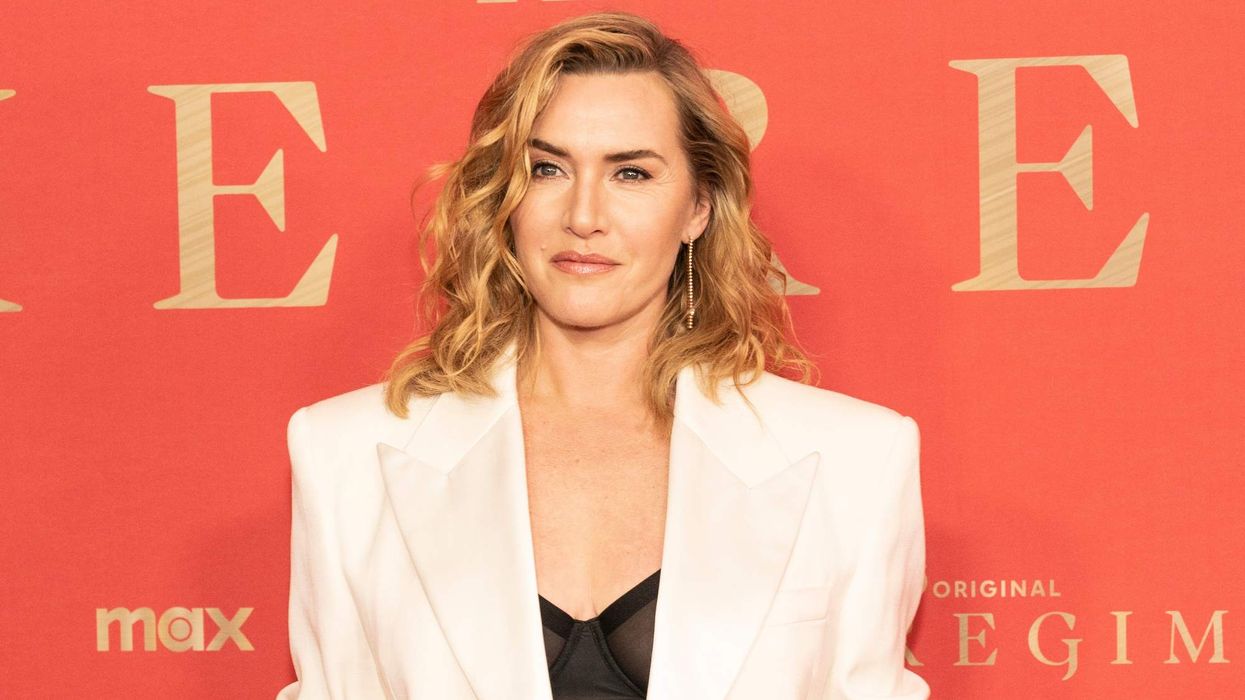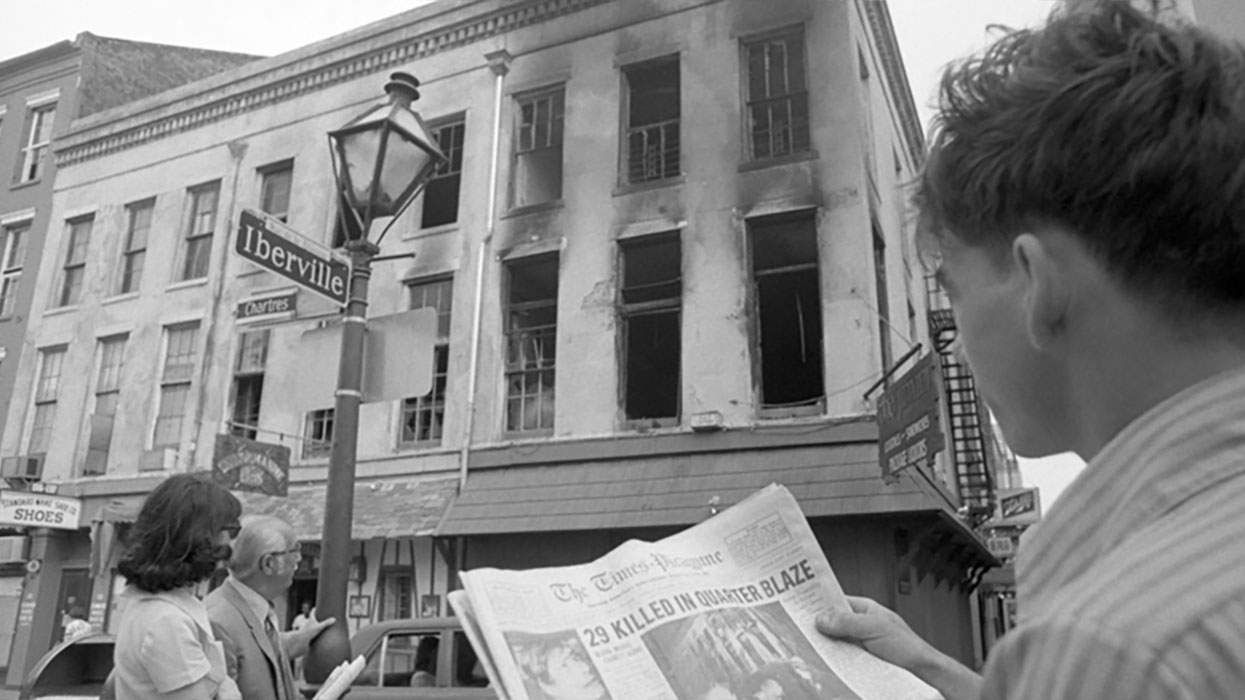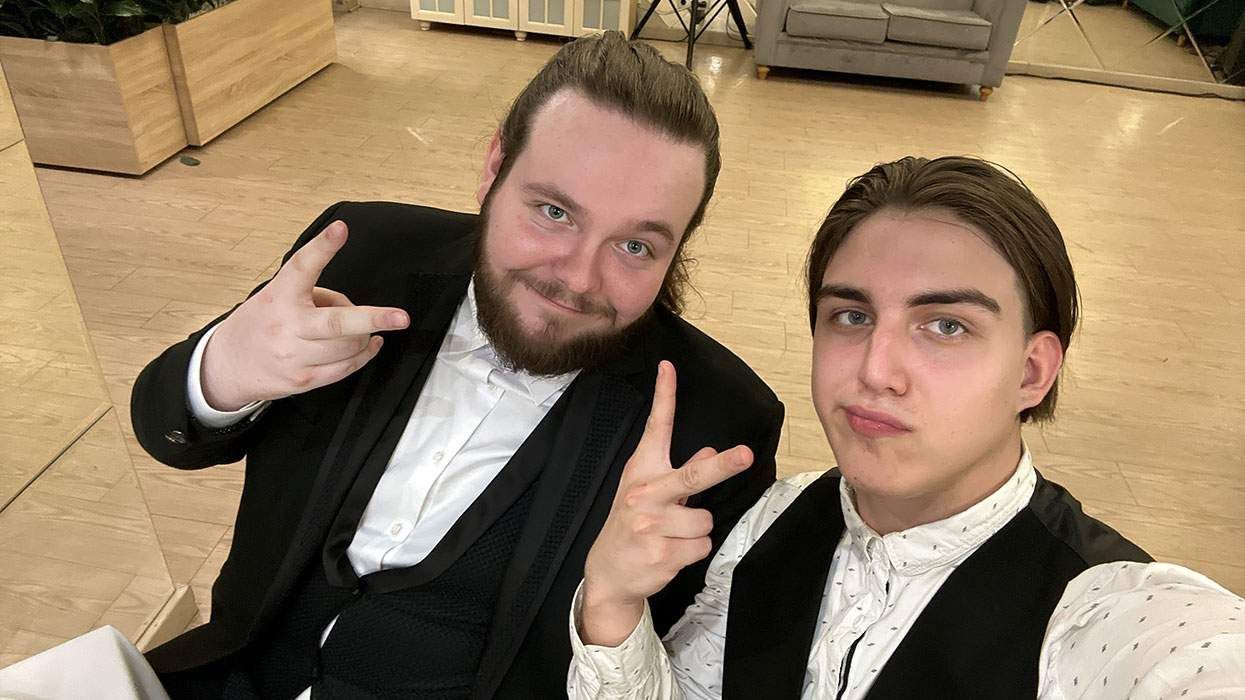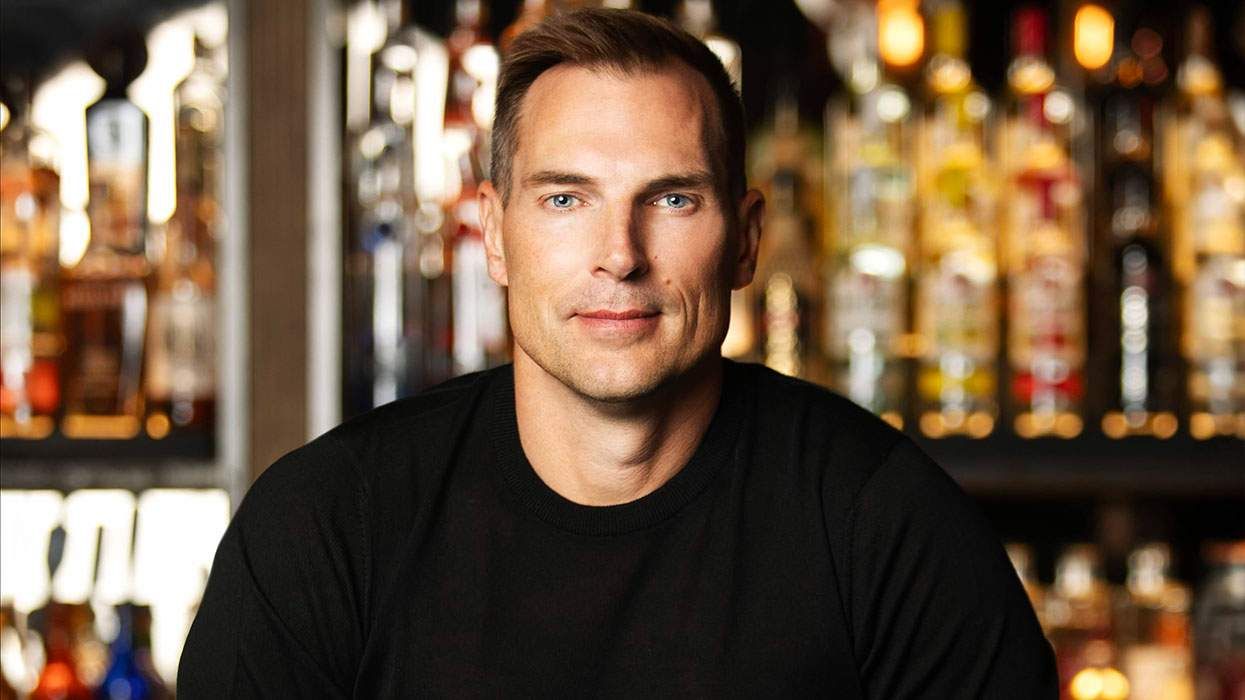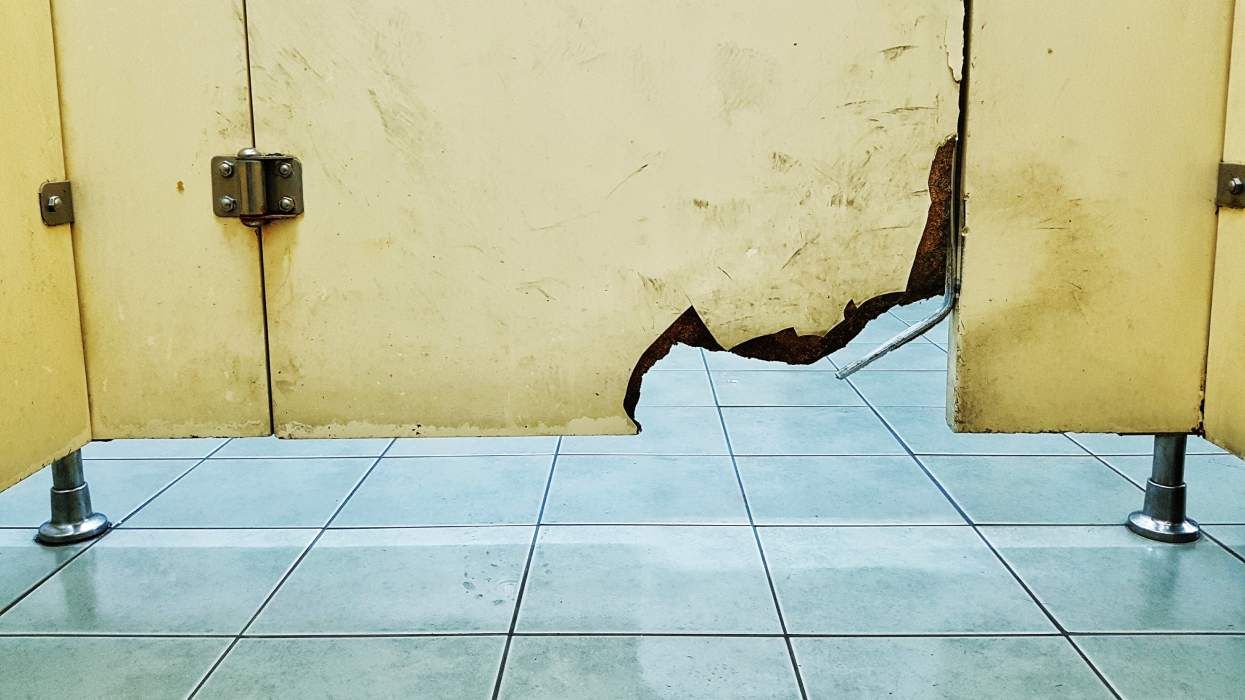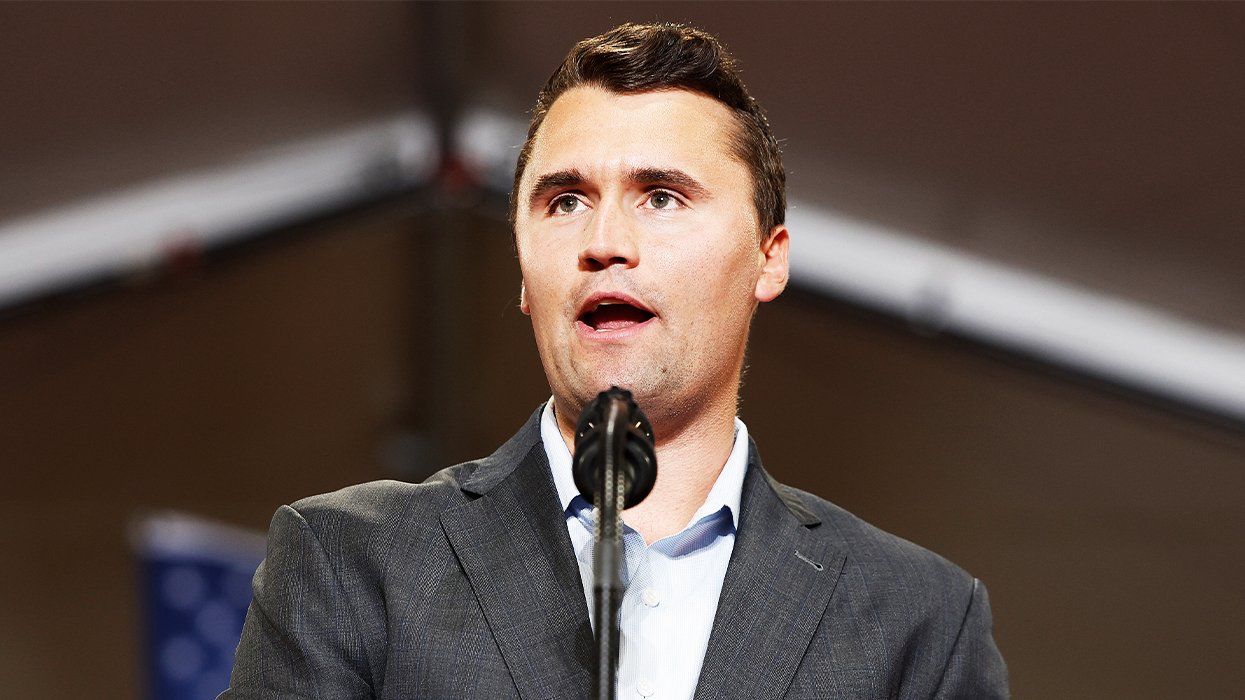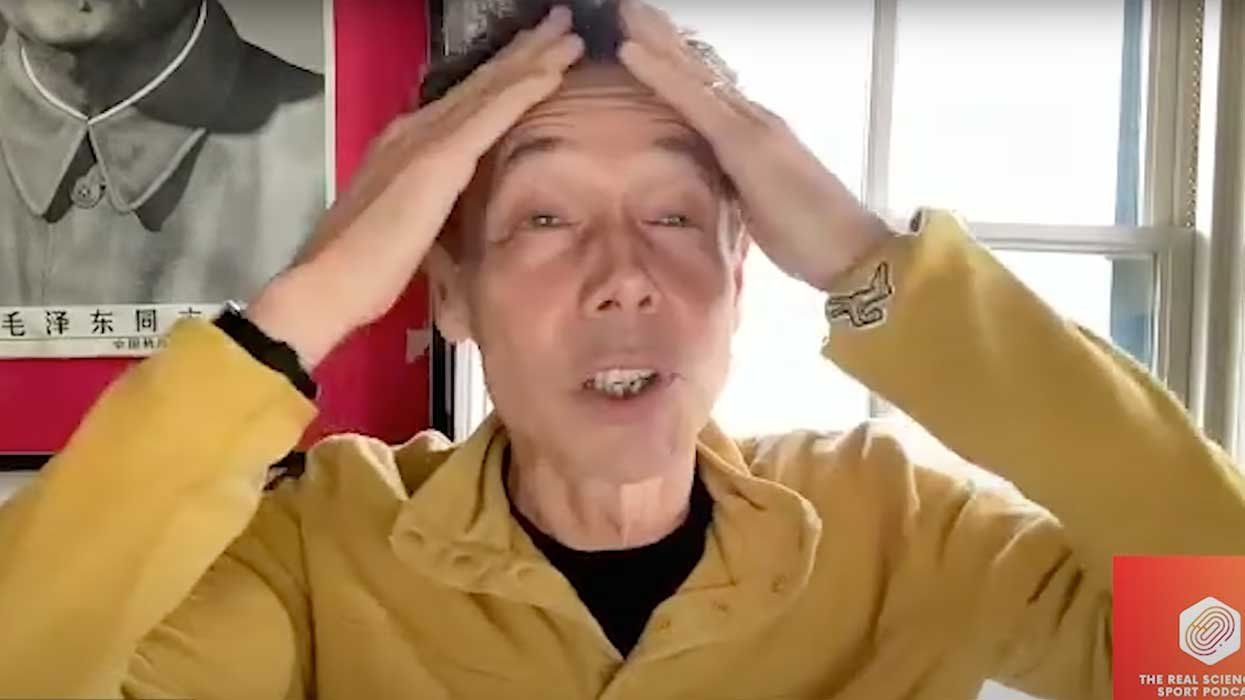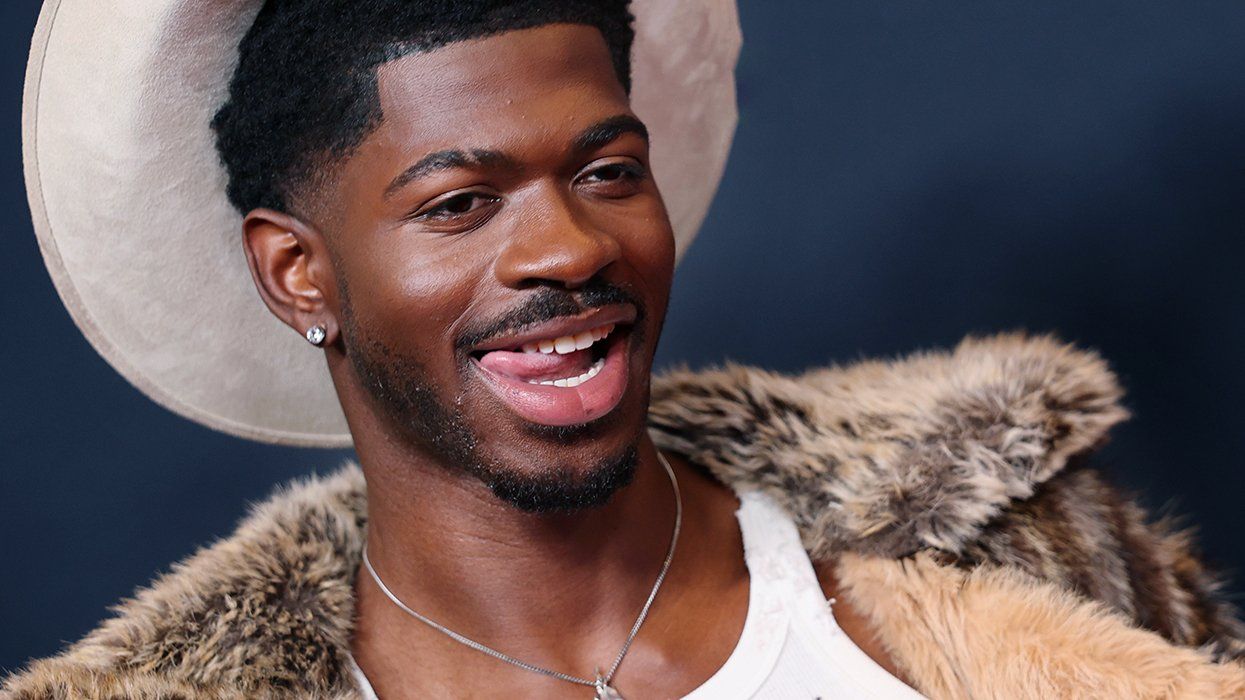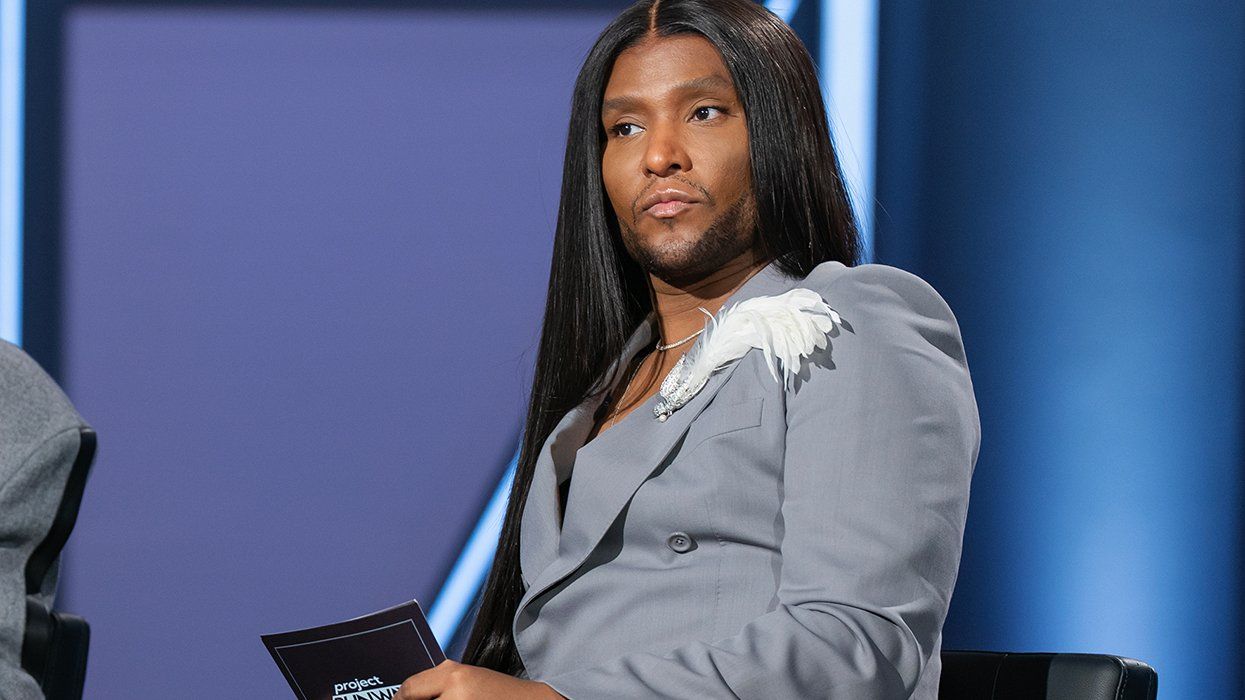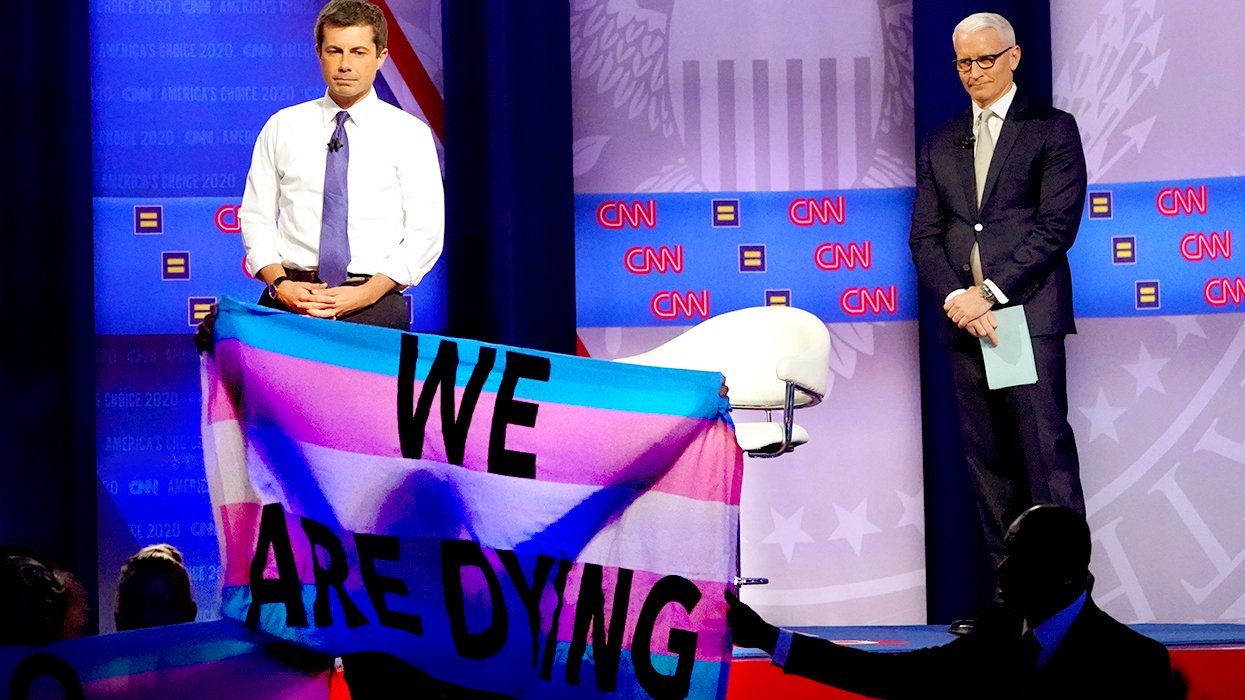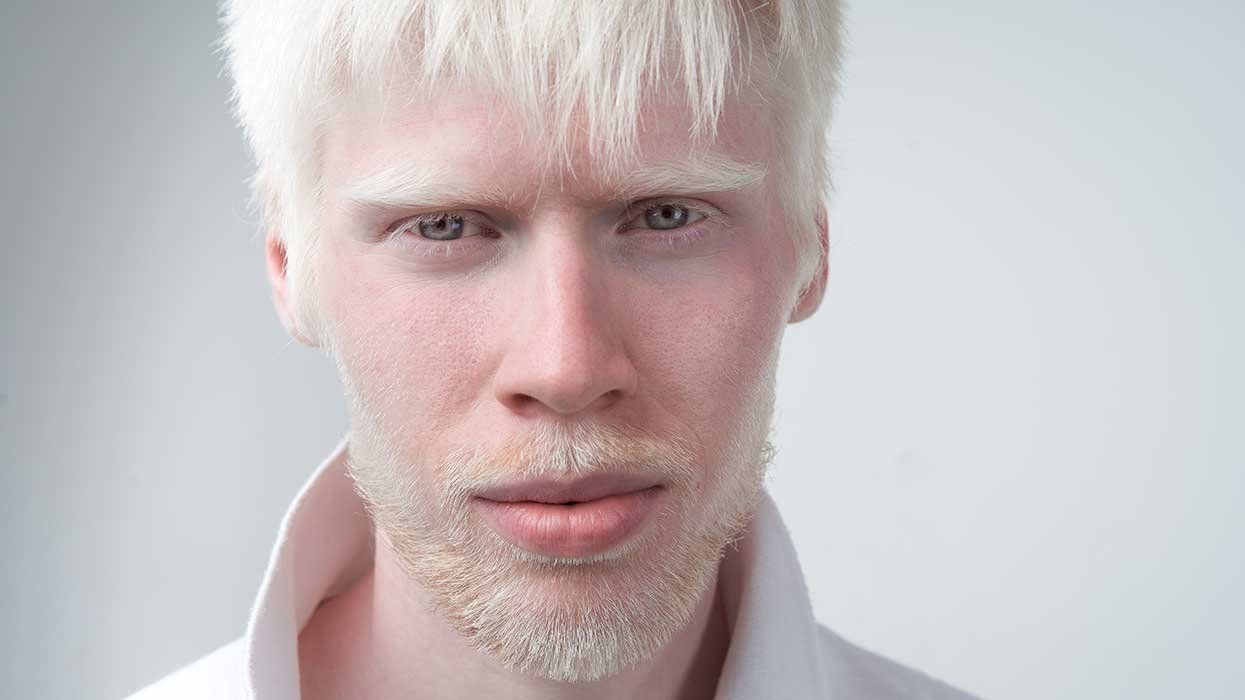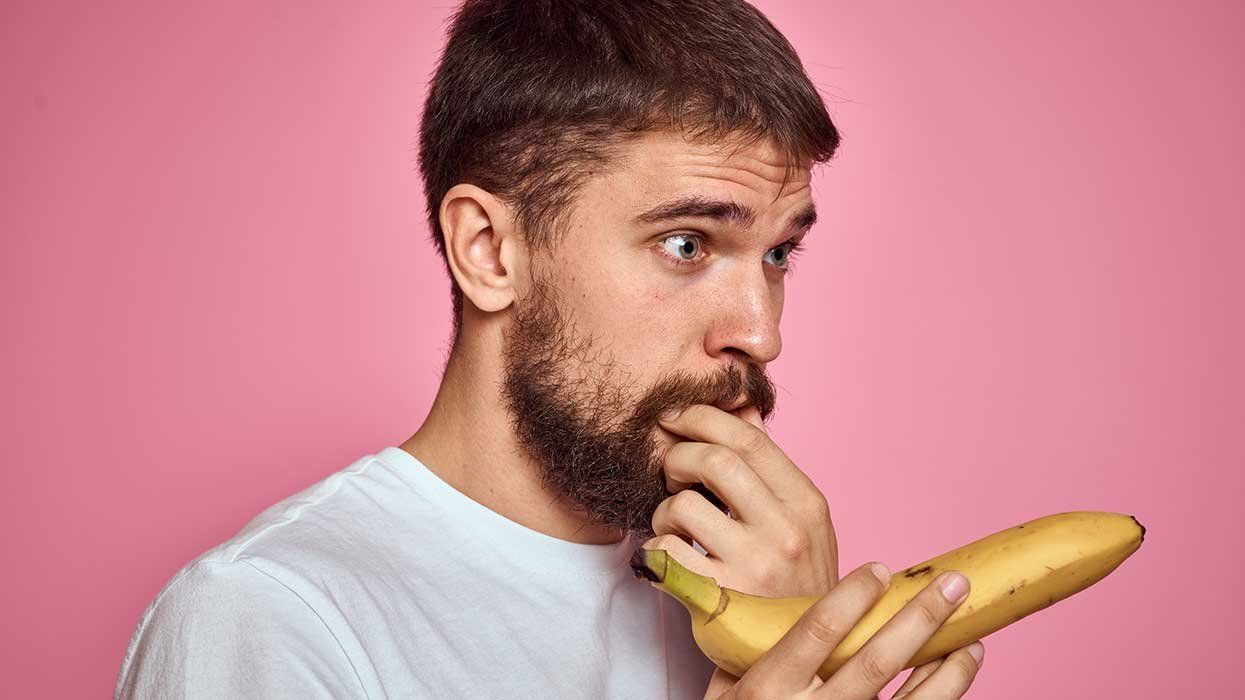Illustration by Keith Negley
At 45, Jerry Ervin was a successful business coach and an avid cyclist and triathlete who had just completed his first Ironman in Western Australia. The following year, he tested positive for HIV, spiraled into a depression, and went from, as he describes it, "Ironman to Zeroman." Mid-life crisis was not supposed to look like this.
"I just got lazy," he says of his status. Instead of fighting for marriage rights, Ervin grew up in an era coping with a plague, losing friends and reading obituaries in the gay rags. His generation was inculcated with fear, self-loathing, and safe-sex messaging from the start. Seen through this specter, his HIV diagnosis comes with an extra burden of shame because Ervin knew better than to get lazy.
The obituaries are now mercifully absent. Stories today focus on those living with the virus, many for 20 years or more. But we don't often hear about those over 40 who are newly positive. In 2011, the last year for which results are available, the CDC estimates that 19,757 Americans over age 40 were diagnosed with HIV.
Staying negative throughout the '80s, '90s, and '00s, test after regular test, Ervin began to think HIV simply wasn't going to be a part of his narrative. Perhaps he was one of the few who are immune. Then again, living in San Francisco's Castro, how had he avoided it? HIV always felt like a black cloud looming over his shoulder, not a question of if but of when. This paradox of inevitability and invincibility allowed Ervin to imagine life as a positive man, but couldn't prepare him for the reality.
The face of HIV-positive was always "those guys," and now Ervin is one of those guys. He'd always helped out in solidarity, participating in AIDS walks, marches, and rallies, and he rode five times in the AIDS/LifeCycle fundraiser. Since his diagnosis, however, Ervin is hesitant to be associated with these events. He doesn't want to be seen as one of those who need any help.
Throughout his adult life, Ervin created his professional and personal image with purpose and control, and HIV comes as a blow to his carefully constructed ego. He likens it to the dance floor: "All my life it was the bears dancing over there, the Asians over there, the HIV crowd over there, and then me. Now where's my slice of the dance floor?" He's not interested in HIV social groups: "Do I have to go play in that sandbox now?"
"It's limiting," says Michael Cavnaugh. "HIV groups are ironic because you're sitting there feeling damaged while promoting not being damaged." Cavnaugh, who nearly died before being diagnosed with AIDS four years ago at age 45, said the experience made him realize he was not engaging with the wider community, and it inspired him to do just that. Mid-life, he was able to leverage a career in media to launch HIVHero.org, a nonprofit that advocates HIV prevention as well as lifting spirits and harnessing resources for the newly diagnosed.
HIV disclosure is a difficult second coming out at any age, and gay Generation X's heterosexual peers have also lived through the height of the AIDS crisis. The difference is that instead of AIDS devastating their community, it was more often a source of hyperbole and hysteria. They might worry, or flip out. "My sister-in-law accused me of putting my nephew at risk because I used his fingernail clippers," says Cavnaugh. "That happened this year." It's hard to imagine Generation Y being so misinformed.
In San Francisco, Ervin accepts his status is a part of him, but not a defining one. He thinks today's youth need to get the "safe sex" message, to be reminded they're part of a community and that it's important to belong -- but that they don't want to belong in the HIV sandbox. It's a precarious tightrope walk between de-stigmatizing those with HIV and underscoring the importance of its prevention.
He's not sure what turning 50 will look like, but life goes on. Like Cavnaugh, his turning positive mid-life has allowed him to profit from life experience -- to stay grounded, educate others, and find new ways to give back. He's now participating in a clinical study on the pathway to the virus, and next year he'll ride in yet another AIDS/LifeCycle. In December, he'll go to Cozumel, Mexico, where he'll compete in his next Ironman.



